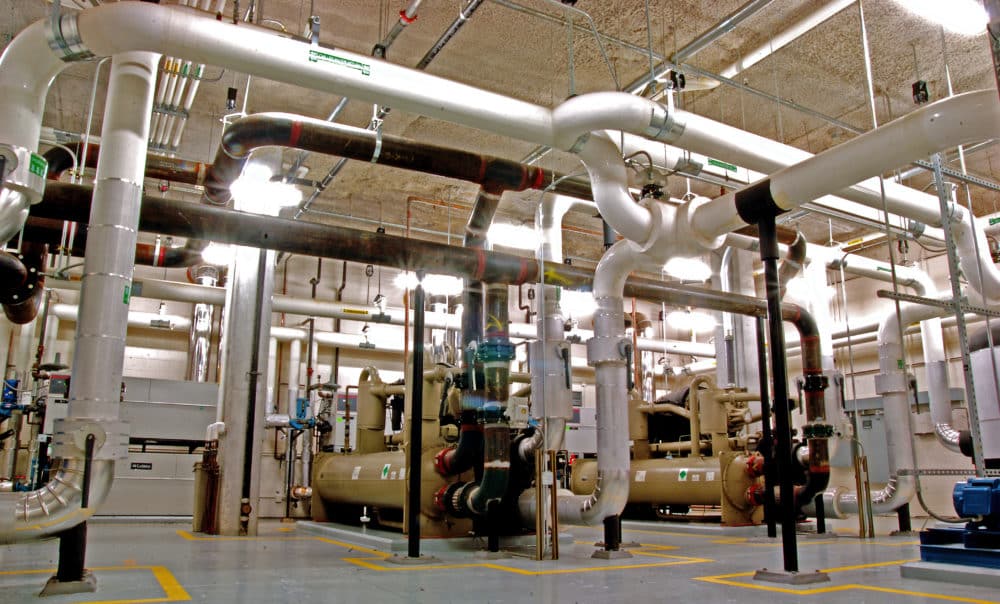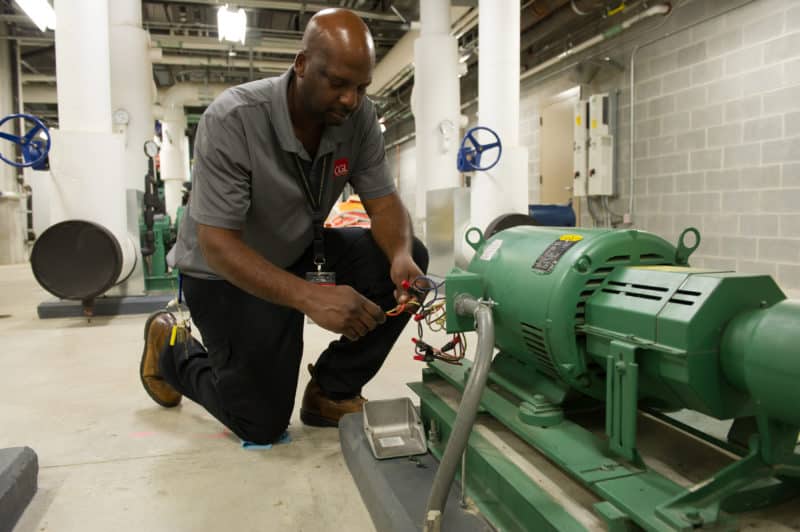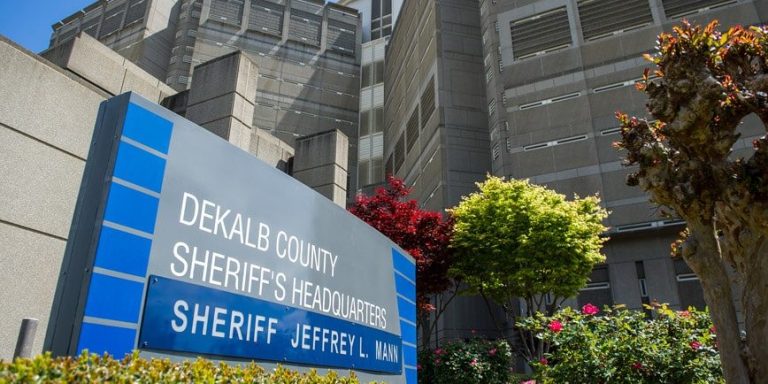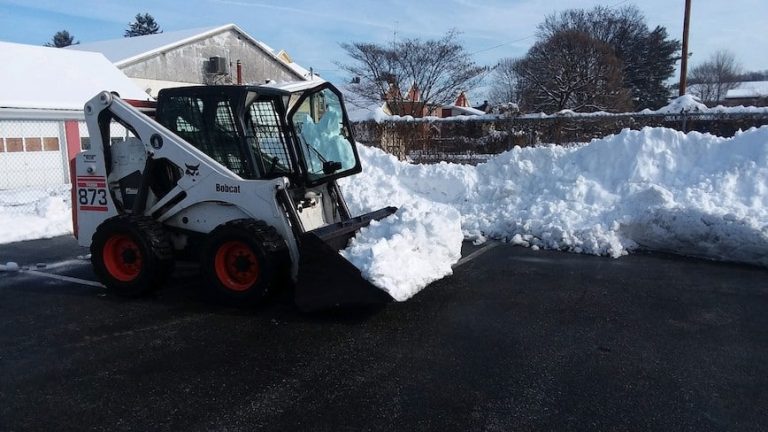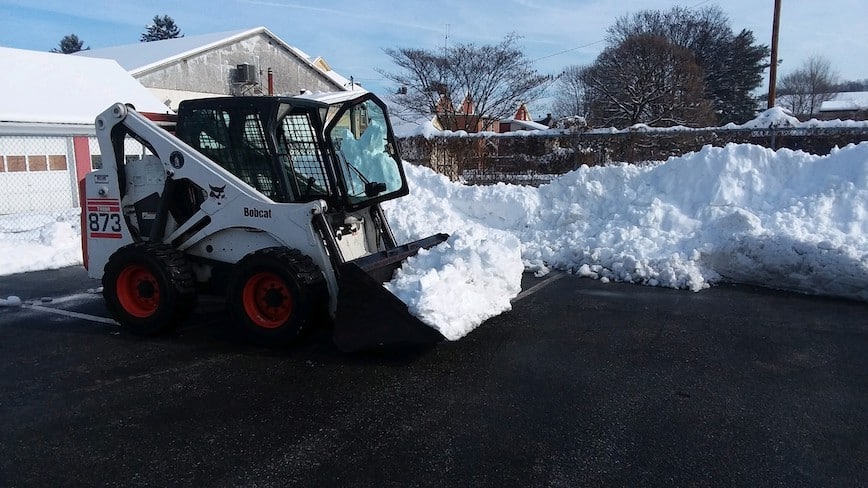
Correctional Facility Cold Weather Maintenance Guide for Safe, Secure Operations
Harsh winter conditions can wreak havoc on buildings and systems, especially when it comes to mission-critical infrastructure like justice facilities, which operate 24/7. When a storm hits, the security of the facility and the safety of the users inside depend on having a solid plan of action.
Plan for Failure
One of the most important aspects of planning for extreme weather conditions is to establish a formalized process for responding to critical system failure.
Critical systems that can be affected by the weather, but must operate regardless, include:
- Power/electrical systems
- HVAC systems/Environmental controls
- Plumbing systems
Of course, having a well-managed preventive maintenance plan in place will greatly reduce the chances of a failure occurring, but when it comes to the power of Mother Nature, there’s always a risk.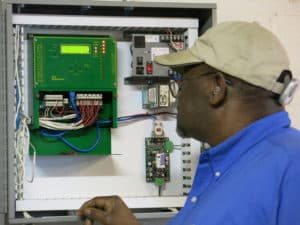
Should any of the critical systems fail during a cold weather event, take the following steps immediately:
- Disconnect or shut off the affected utility at its entry point to prevent fire, flood, or other escalation.
- Work closely with facility administration to ensure the safety of building users and/or inmates. If necessary, assist with immediate repairs to maintain conditions of confinement standards.
- Contact the utility supplier to plan recovery of service in the shortest time possible.
- Call additional labor to the site to help in the recovery process.
These recommendations can be used as a solid foundation to build a tailored process for your facility. Having a formal process in place will ensure maintenance personnel are prepared to respond appropriately should a failure occur. Make sure the process is clearly communicated to staff and administration, review it regularly and revise as needed.
To Stay Safe, Stay Flexible
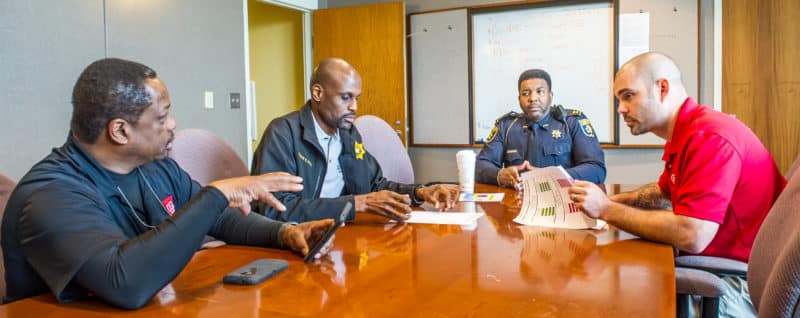
Facility user safety must be given top priority during winter storms. When snow falls, or when temperatures drop below freezing, Facility Managers must work closely with the Owner’s administration to determine late starts and closures.
Facility user safety must be given top priority during winter storms. When snow falls, or when temperatures drop below freezing, Facility Managers must work closely with the Owner’s administration to determine late starts and closures.
Facility Managers must be flexible to ensure employee safety:
- Allow technicians to arrive early, ahead of dangerous weather, to avoid dangerous driving conditions. This also allows personnel to clear and prep parking lots and sidewalks before other employees arrive.
- Provide spaces for employees to wait out the weather.
- When technicians work outside in the cold, provide fluids to prevent dehydration, food to maintain body temp and energy, and allow frequent rest breaks.
- Make sure employees have access to the proper outerwear and protective gear when working outside.
Precautions for Onsite Personnel
Because justice facilities require continuous operation, some personnel must remain on site to guarantee maintenance operations. Even during the worst conditions, some maintenance is required to keep the facility in continuous operation.
For personnel remaining on site, take the following precautions to ensure their safety:
Keep walkways and sidewalks clear of ice and snow.
- If cold weather is predicted, prepare outdoor walkways in advance with salt, ice melt, or other chemical treatments to eliminate slip-and-fall hazards. If walkways cannot be prepared in advance, treat the affected areas as soon as possible.
- Rope off or mark areas that cannot be cleared.
- Keep treating affected areas until temperatures are consistently above freezing. Ground temperatures compared to air temperatures are not the same. Ice will remain frozen against the ground long after air temperatures have risen above 32°F.
- Encourage the use of proper footwear in snowy or icy conditions until inside the building.
Plan ahead for snow removal.
- Make sure your snow removal equipment functions properly when winter storms are predicted – as far ahead of the storm’s arrival as possible and regularly during the fall and winter months.
- Have a backup plan and agreement in place with a local contractor to assist with snow plowing and snow removal from your site using heavy equipment, if needed.
- In areas where snowfall can be heavy, sidewalks, signposts, fire hydrants, etc., should be pre-marked before clearing snow, so they can be located underneath snow drifts or piles. Property markers also prevent damage to the object and to the snow clearance device.
Don’t forget about the parking lots.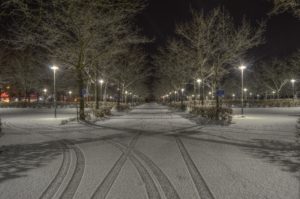
- Parking of business-owned vehicles that remain on property during a winter storm should be consolidated into one area, leaving parking lots open. This greatly assists in clearing and treatment efforts while significantly reducing the possibility of vehicle damage.
- Employees should remove all vehicles from parking lots at the close of business to improve clearing efforts and surface treatments for ice or snow. This also reduces the risk of vehicle damage during clearing efforts.
Keep entryways dry and warm.
- Floors at building entrances are exposed to cold air, and to people tracking in snow or water. Floors become wet and can skim with ice. Add entrance rug runners to absorb water from shoes/boots and ice melt to improve safety and to minimize the need for constant custodial monitoring.
Summary
- Understand what critical systems need special attention during extremely cold weather.
- Put life safety of facility users and inmates first. Never risk their health.
- Maintain open communication and planning with maintenance staff and senior administration. Make sure the maintenance team is up to date on processes and prepared for a cold weather event before it happens, including what to do in the event a critical system fails.
Want more tips on how to prepare your facility for extreme weather conditions? Let’s talk – tperry@cglcompanies.com
